While we can’t remedy the problem entirely, we are trying to solve two dissimilar problems with one eco-friendly solution - SMART RECYCLING NOW.
Keeping facemasks off our streets and protecting owl populations in one fell swoop.

Recycling face masks properly is needed. Given that it takes 450 years for a face mask to decompose, recycling is key for the future of our planet.

Let's have student and community groups collect face masks. Mask recycling is more complicated and requires an organized effort with recycling partners to get the job done. Smart Mask Recycling has done just that.

A collection of a bag of face masks ready for recycling

Keeping facemasks off our streets and protecting owl populations in one fell swoop.
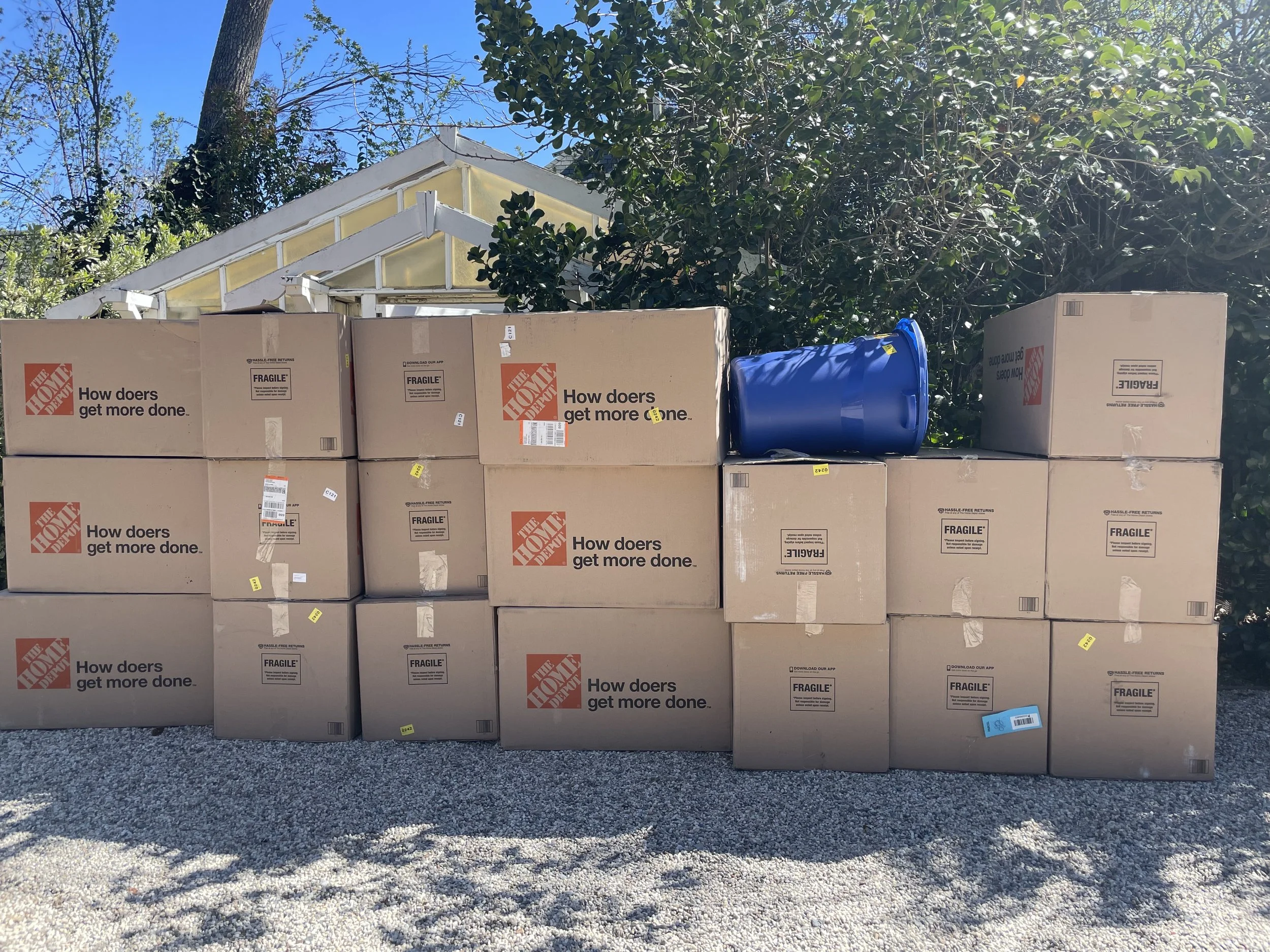
Mask recycling cans arriving for the San Francisco Bay Area.

Collection bids are placed in schools and community gathering areas. Students, teachers, and community members are in charge of one recycling mask bin. Once full, the box and bags are sealed and sent back to TerraCycle.
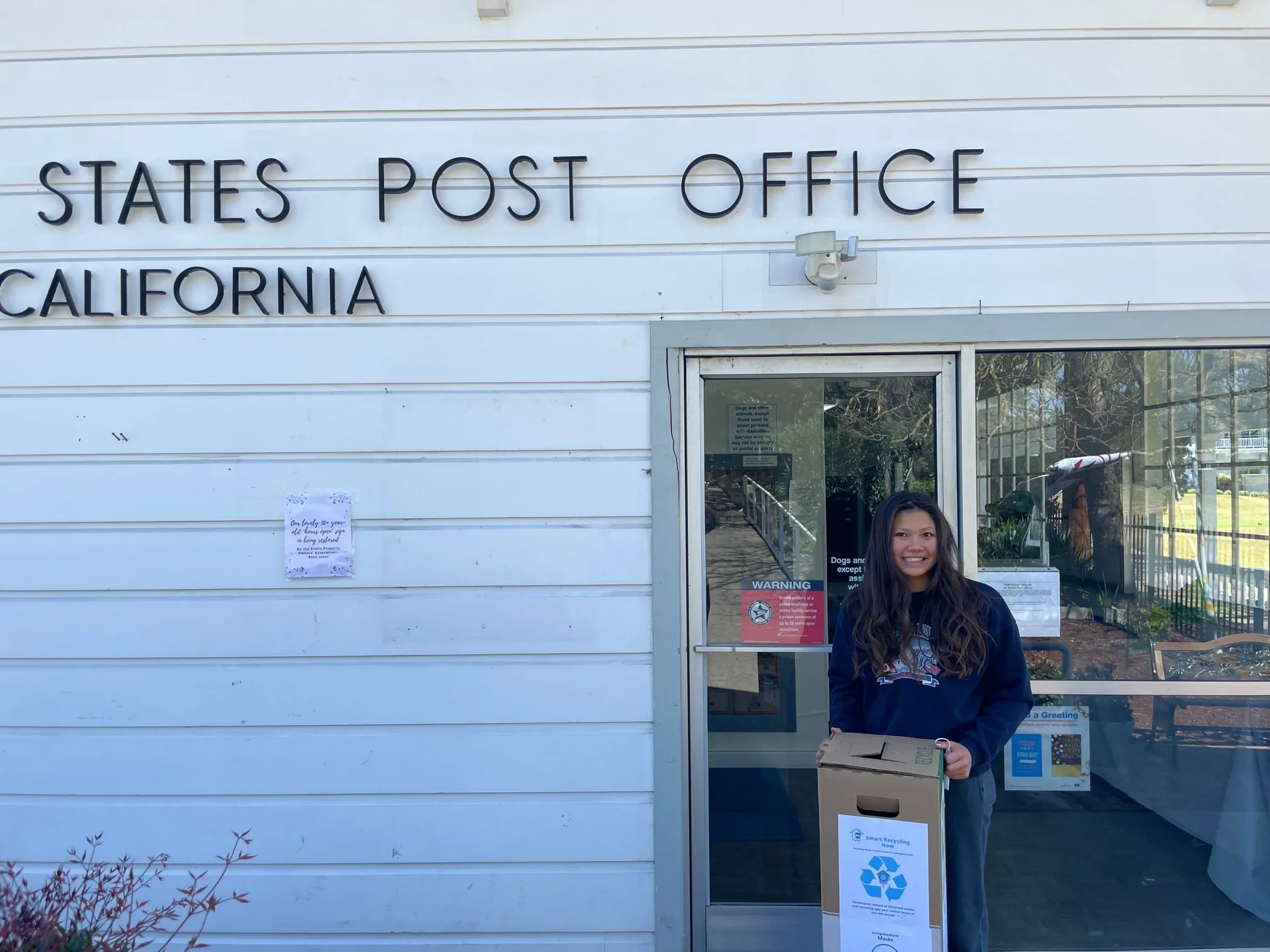
Collection box at US Post Office
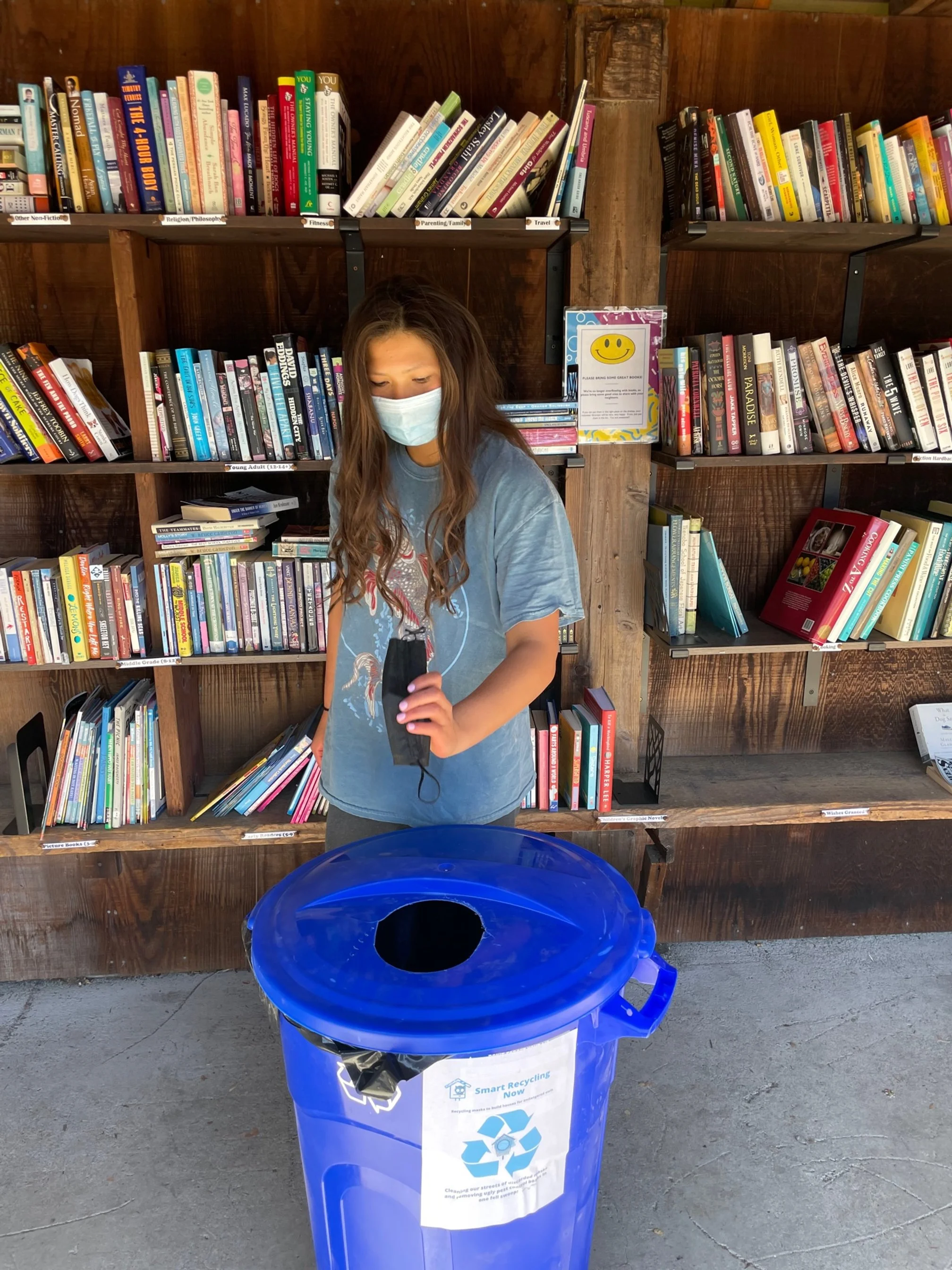
Collection bin at CA library
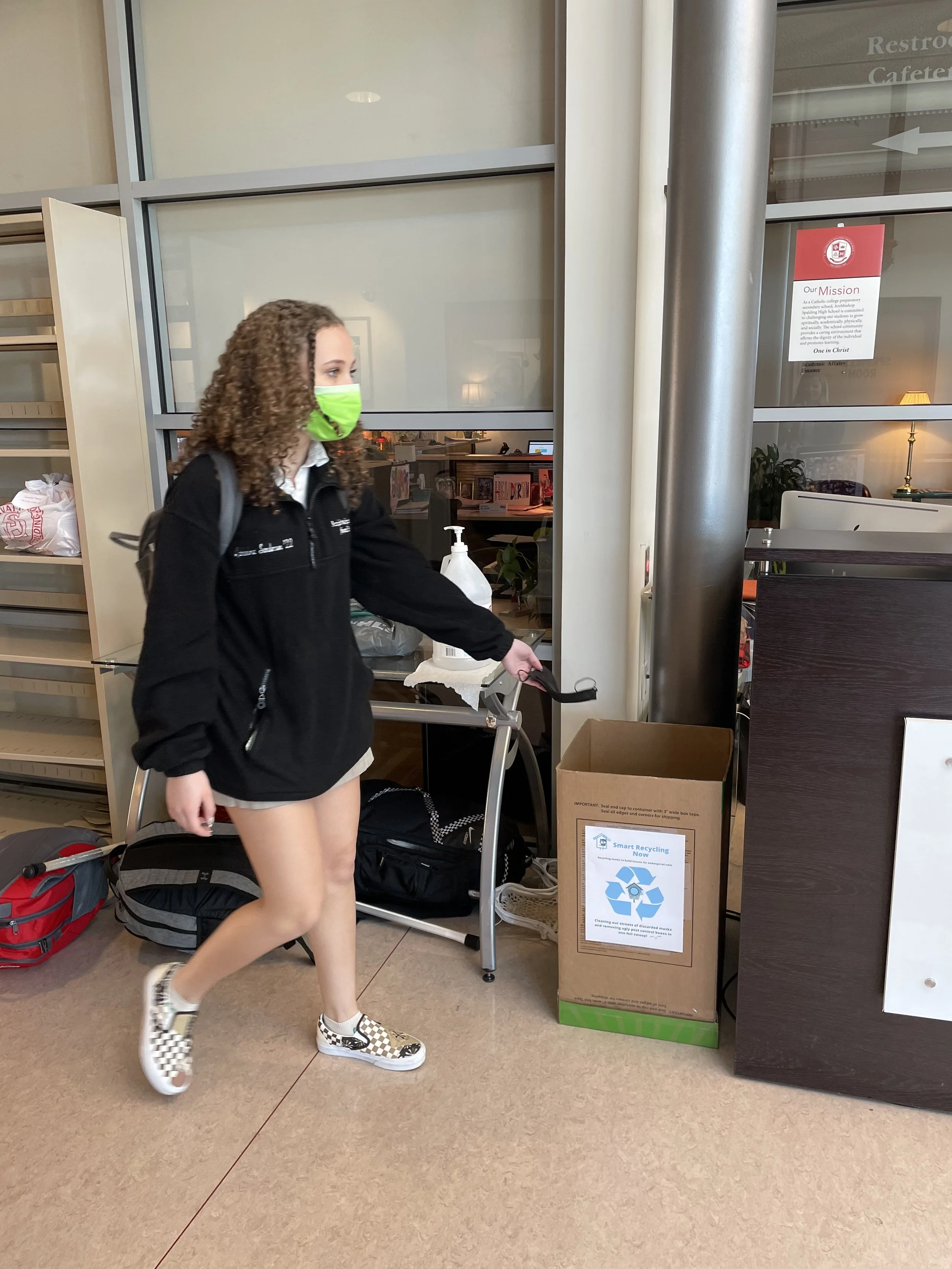
Collecting masks in Pennsylvania
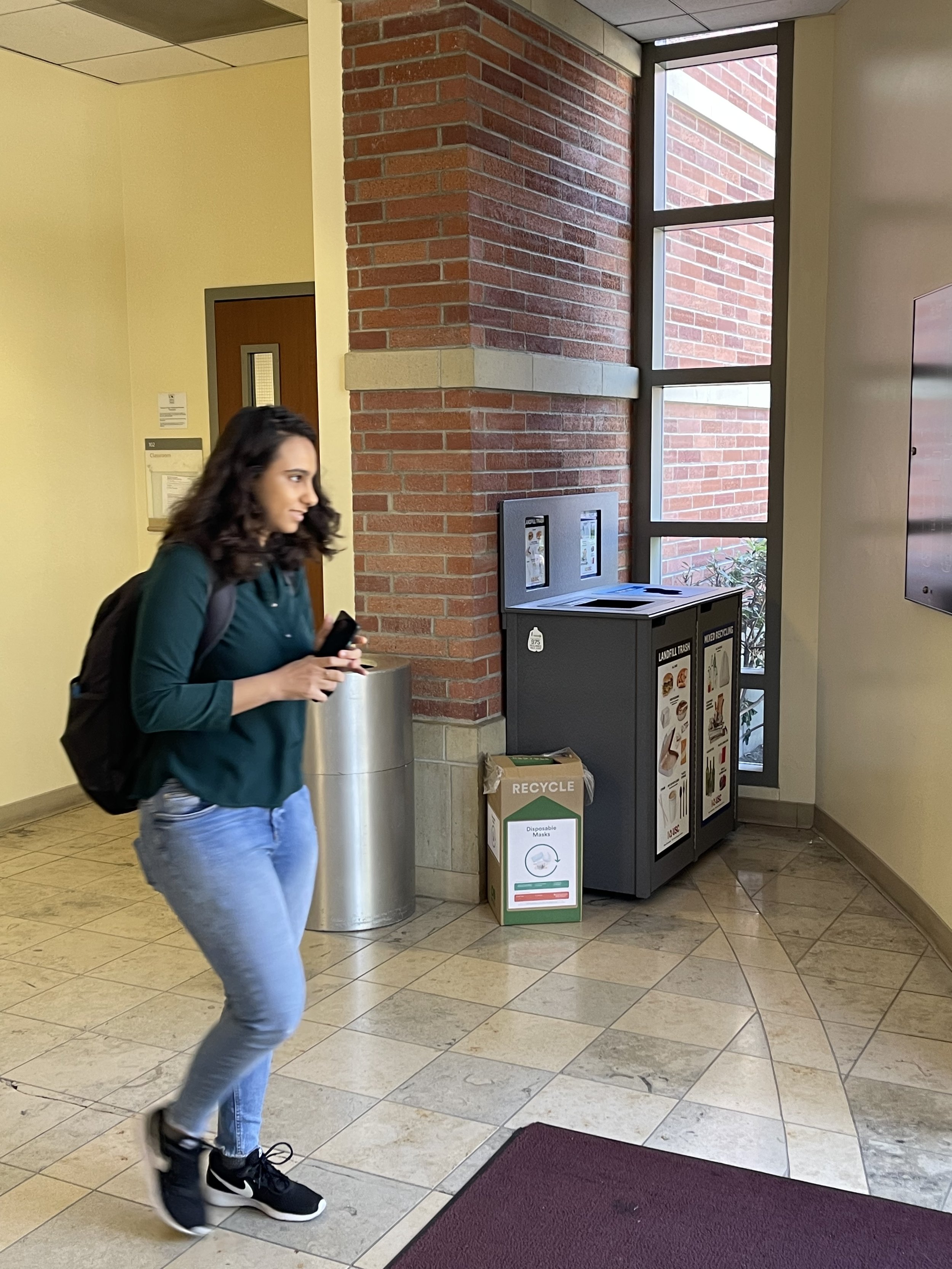
Collecting masks at USC Business School.
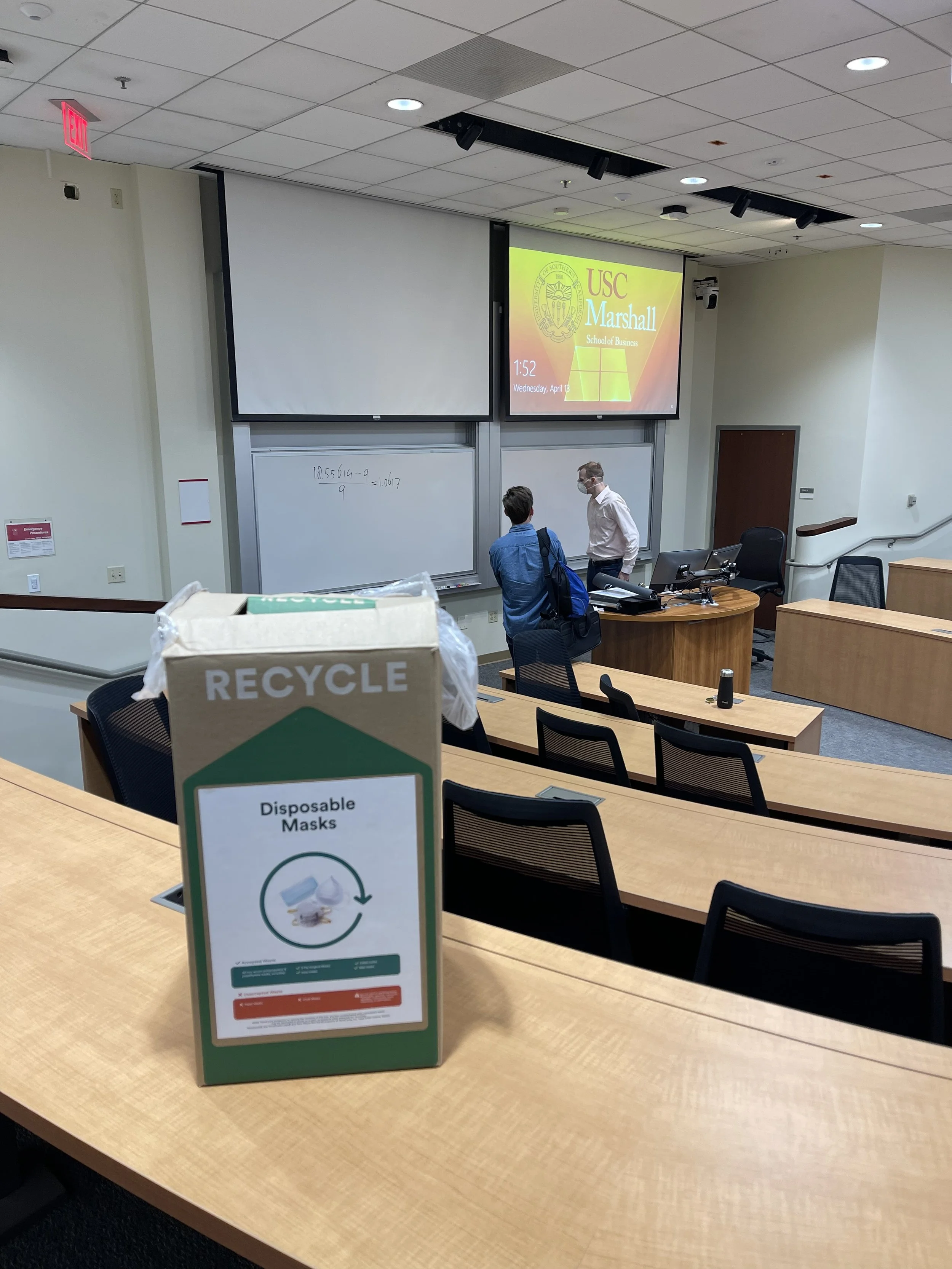
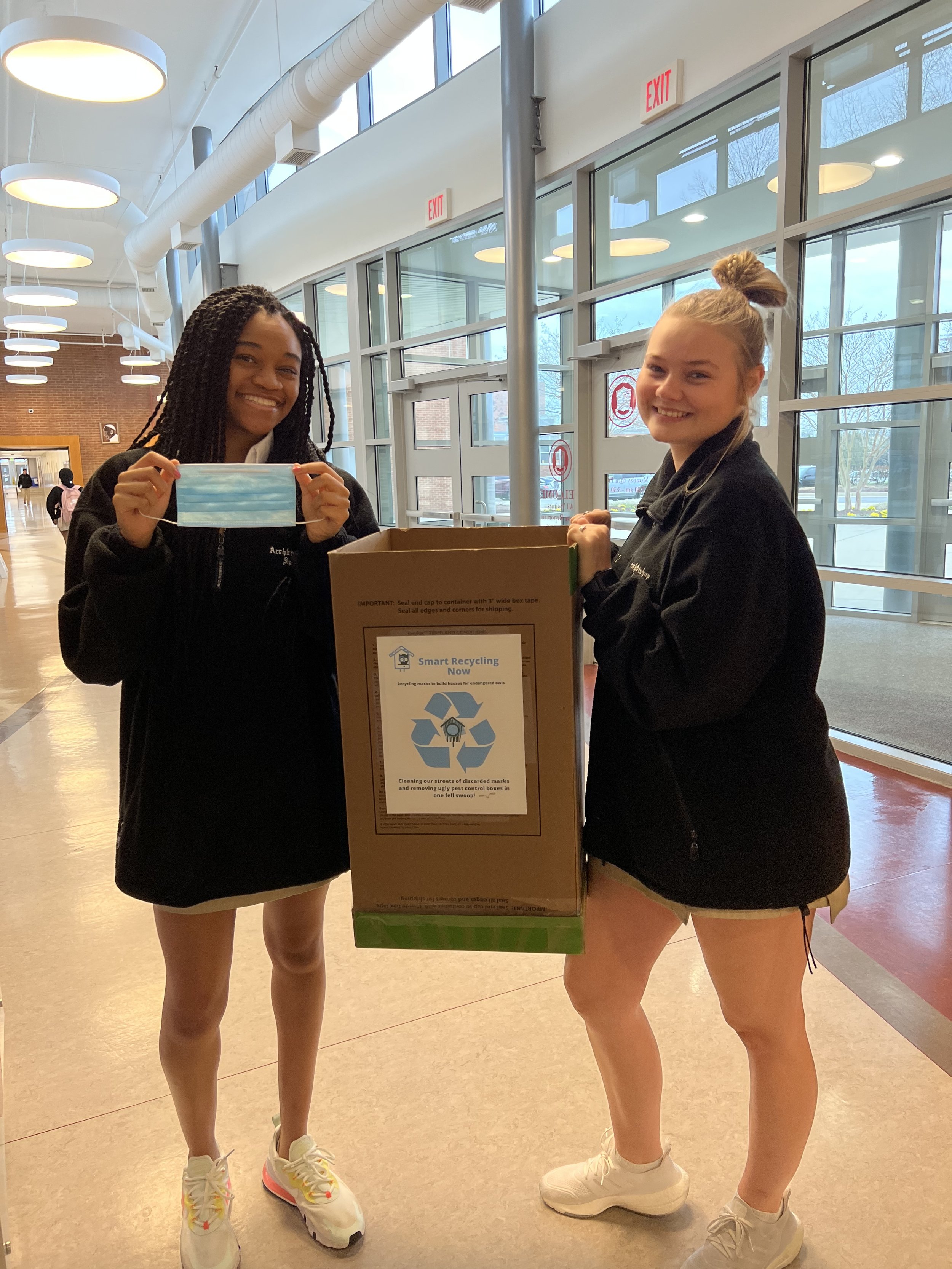
Collecting masks in Pennsylvania's Haverford School.

Collecting masks at post offices

Collecting mask for recycling and ultimately to make owl houses. Bags of masks are dropped off at partner recycling centers.

Here are the layers of polypropylene in a surgical mask. These layers of polypropylene can all be recycled.

Face masks are collected and taken to recycling center partners. It is difficult to recycle face masks in typical recycling centers since it involves more care. Our partner TerraCycle recycles these materials for us in the United States.


Face mask recycling at work The different materials types are then sent to third-party processing partners that recycle the materials into usable forms (i.e., non-woven plastics are recycled into plastic pellets and granules.) The metals are manually removed and sent locally for smelting into new bar stock and metal sheeting.
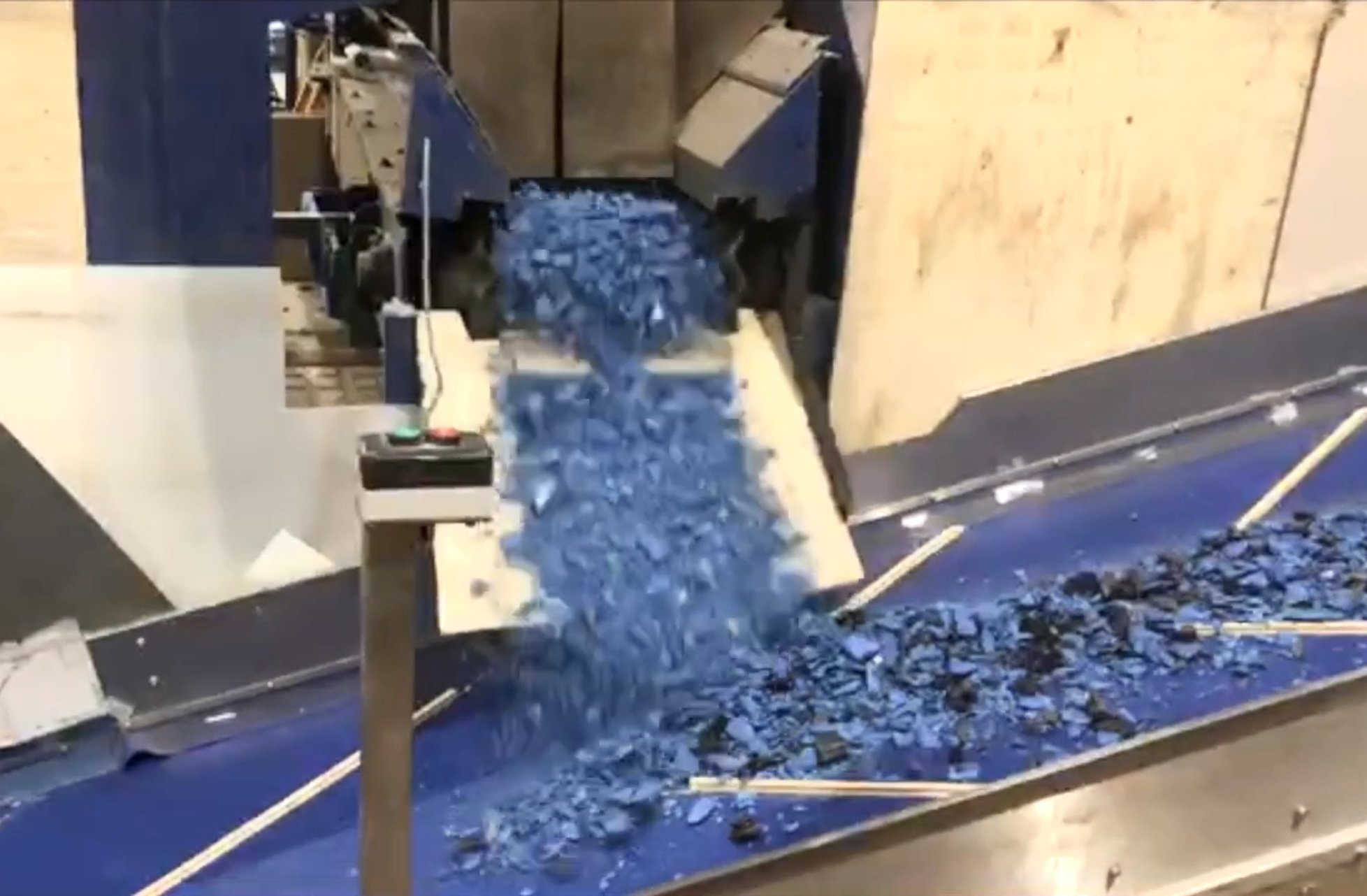
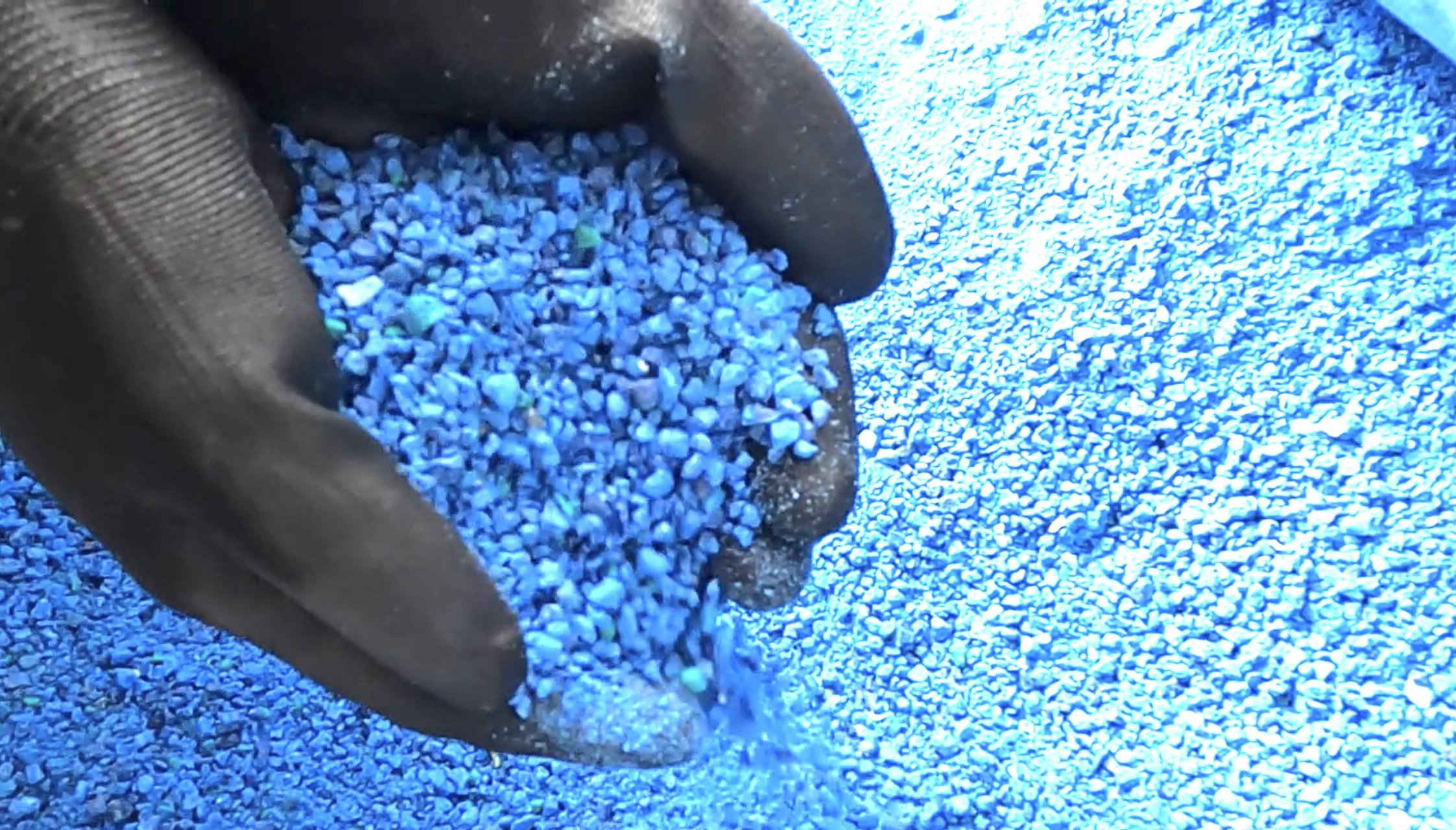

Recycling masks are used to make poly building material for owl houses. The polypropylene-dominant mixture from the face mask is densified into a crumb-like raw material that’s used in plastic lumber. This poly lumber comes in different thicknesses which we paint and use as the roof for the owl houses.

Endangered owls will live safely in provided owl homes. Owls can live 10 years in the wild, but sadly that number is typically two years given hard winters and difficulty finding places to live. If the owl habitat is stable and there is a food supply, owls can thrive. Barn owls, in particular, do not build their own nest so in a developing world, providing owl houses boost their population and further help the control of rodents.
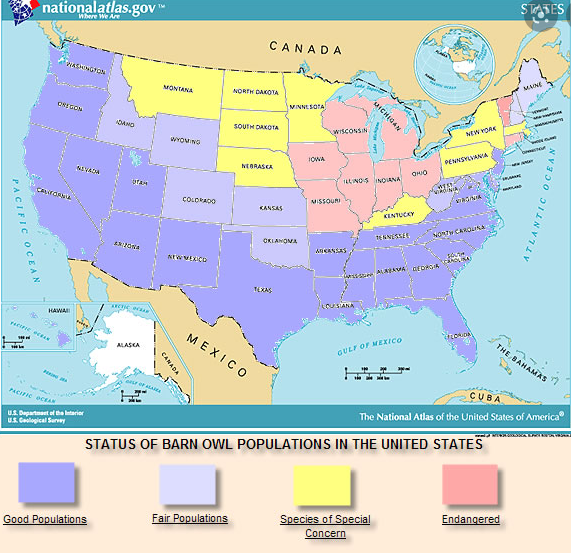
Here is a map of the distribution and endangerment of barn owls.

Sadly, construction and development have displaced many owls. With more urban areas and buildings, owls are in jeopardy of finding homes to take care of young owlets and live. For these reasons and many others, owls are endangered and need protection and safe homes to thrive.

Our recycled material owl home

SRN leaders building barn owl houses
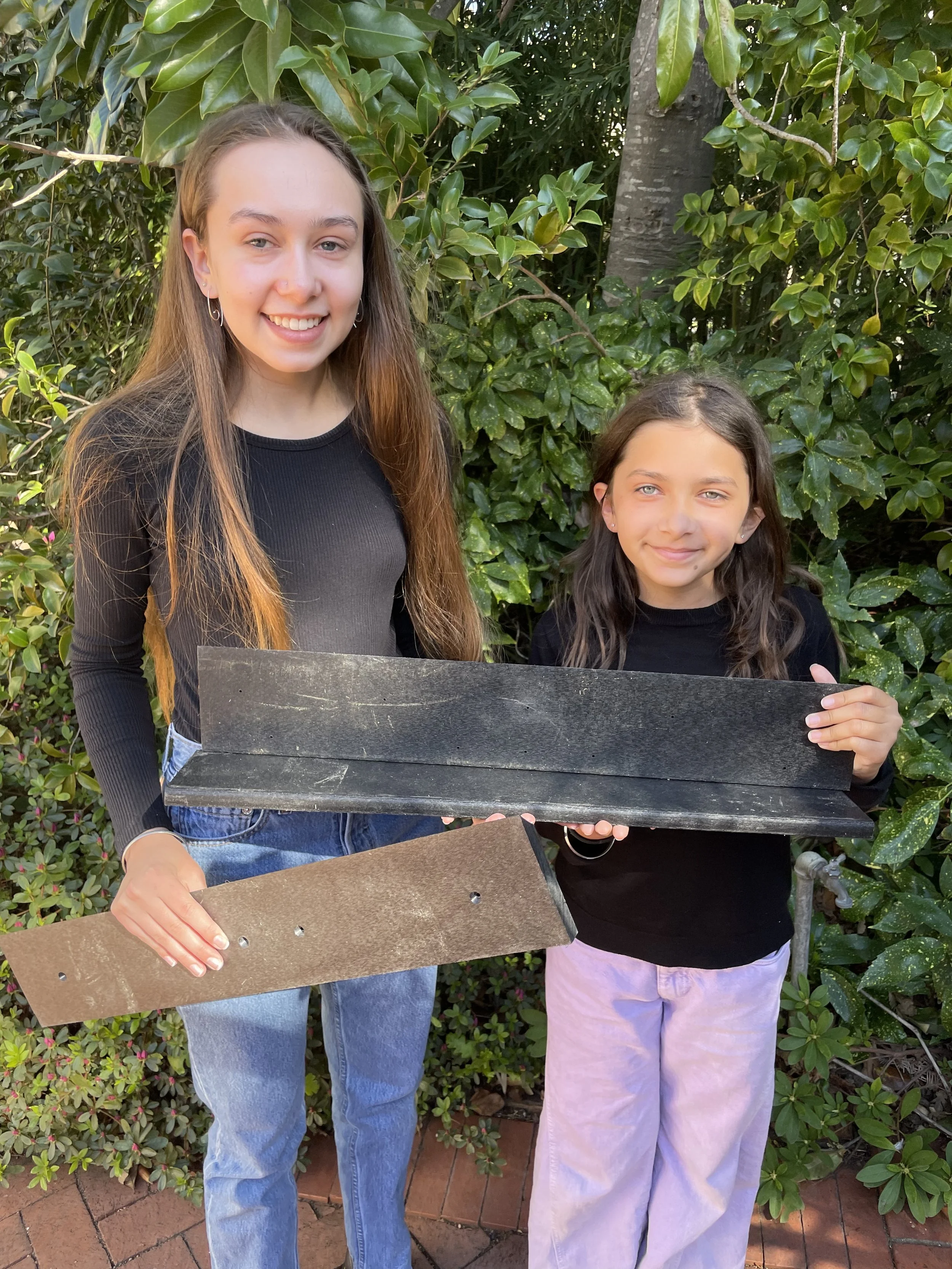
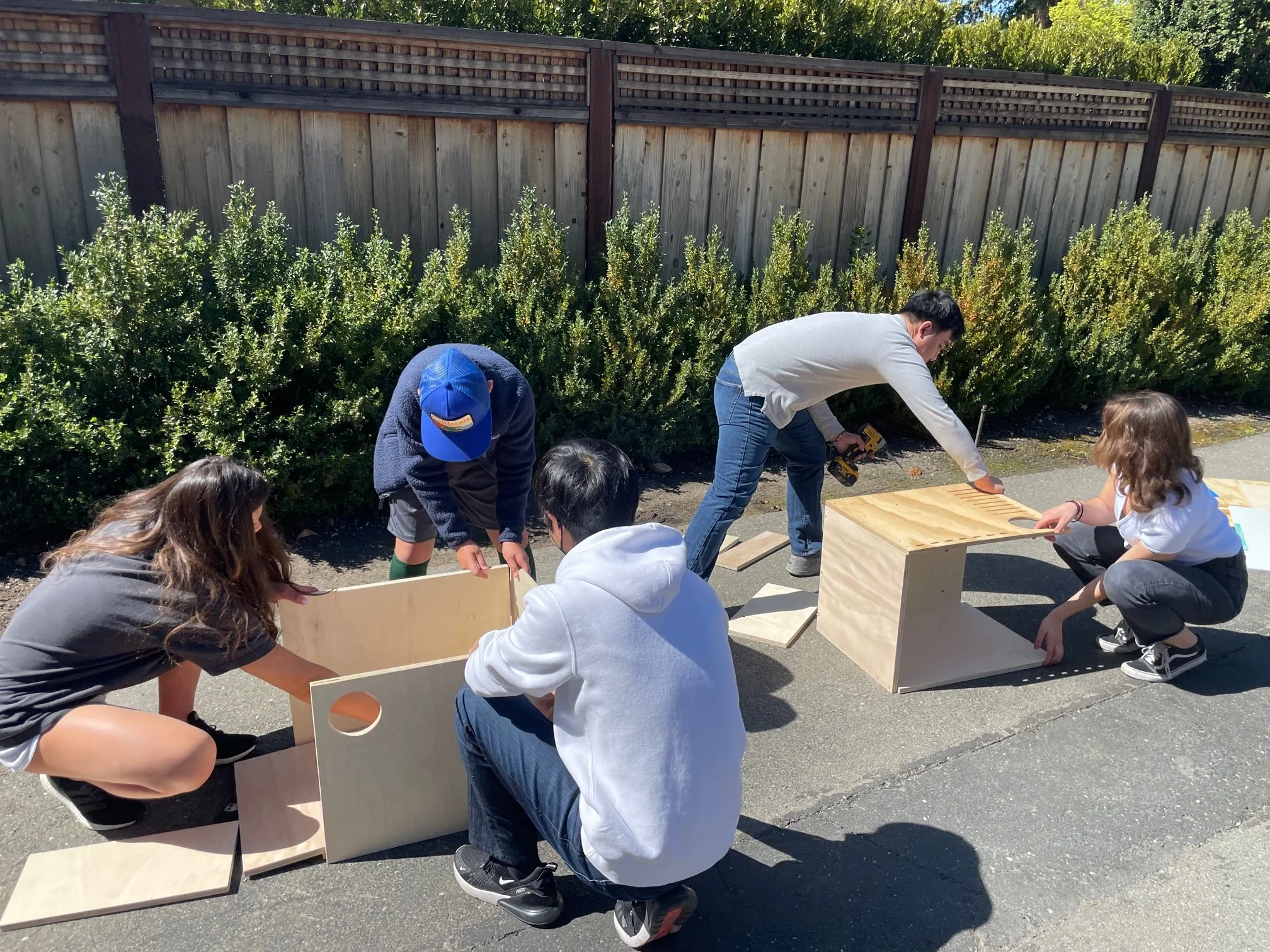
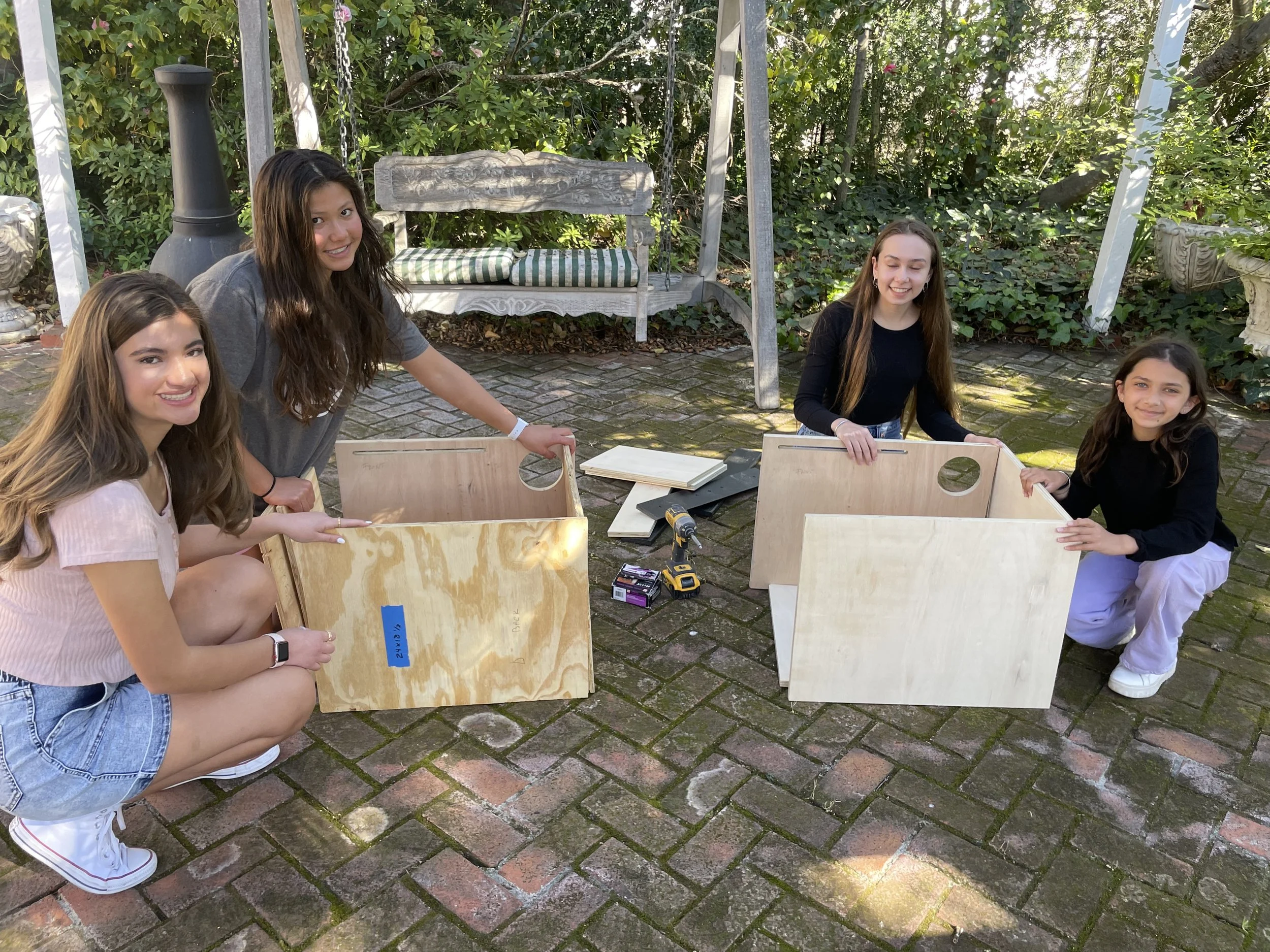

Another barn owl house
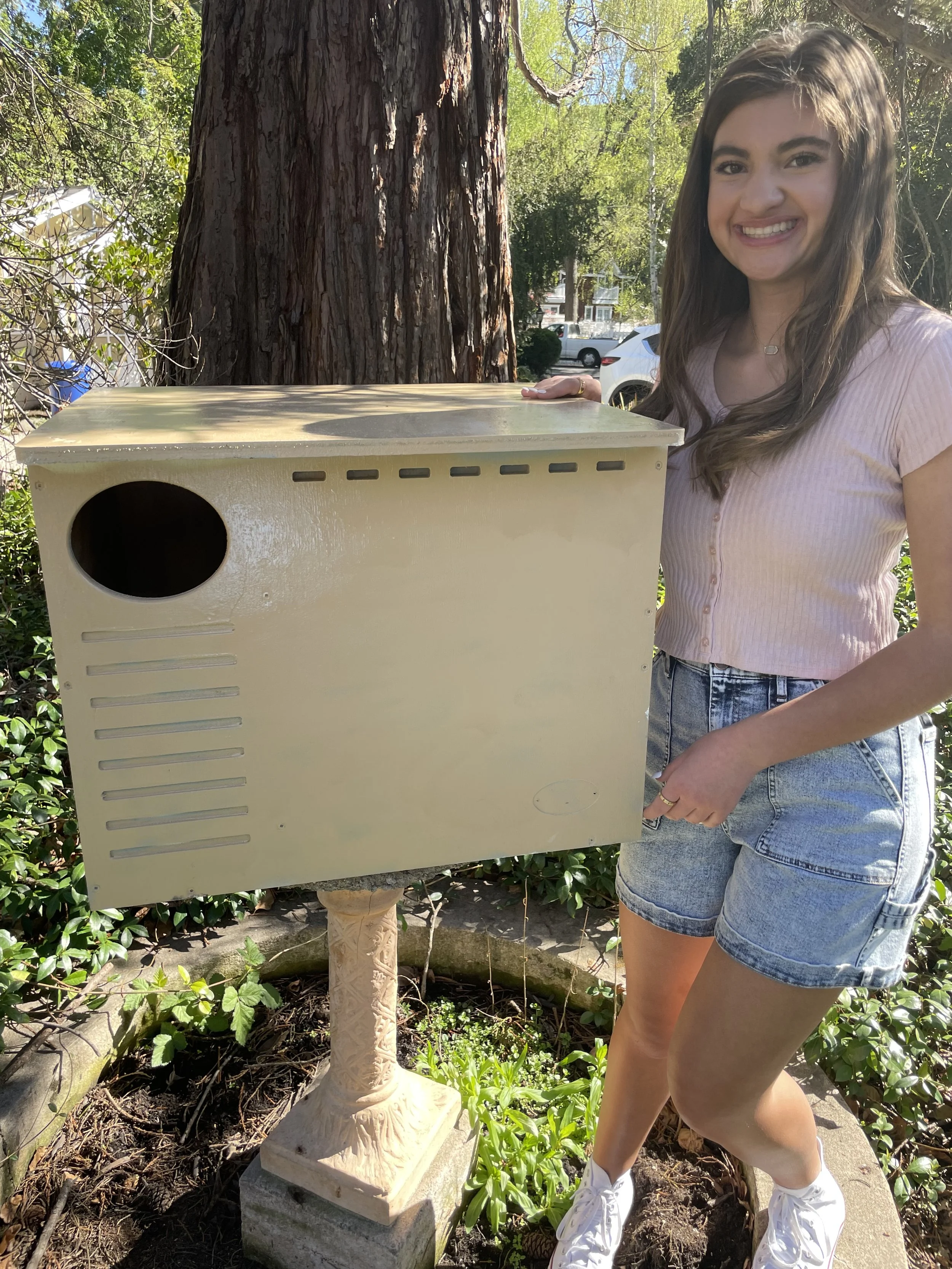

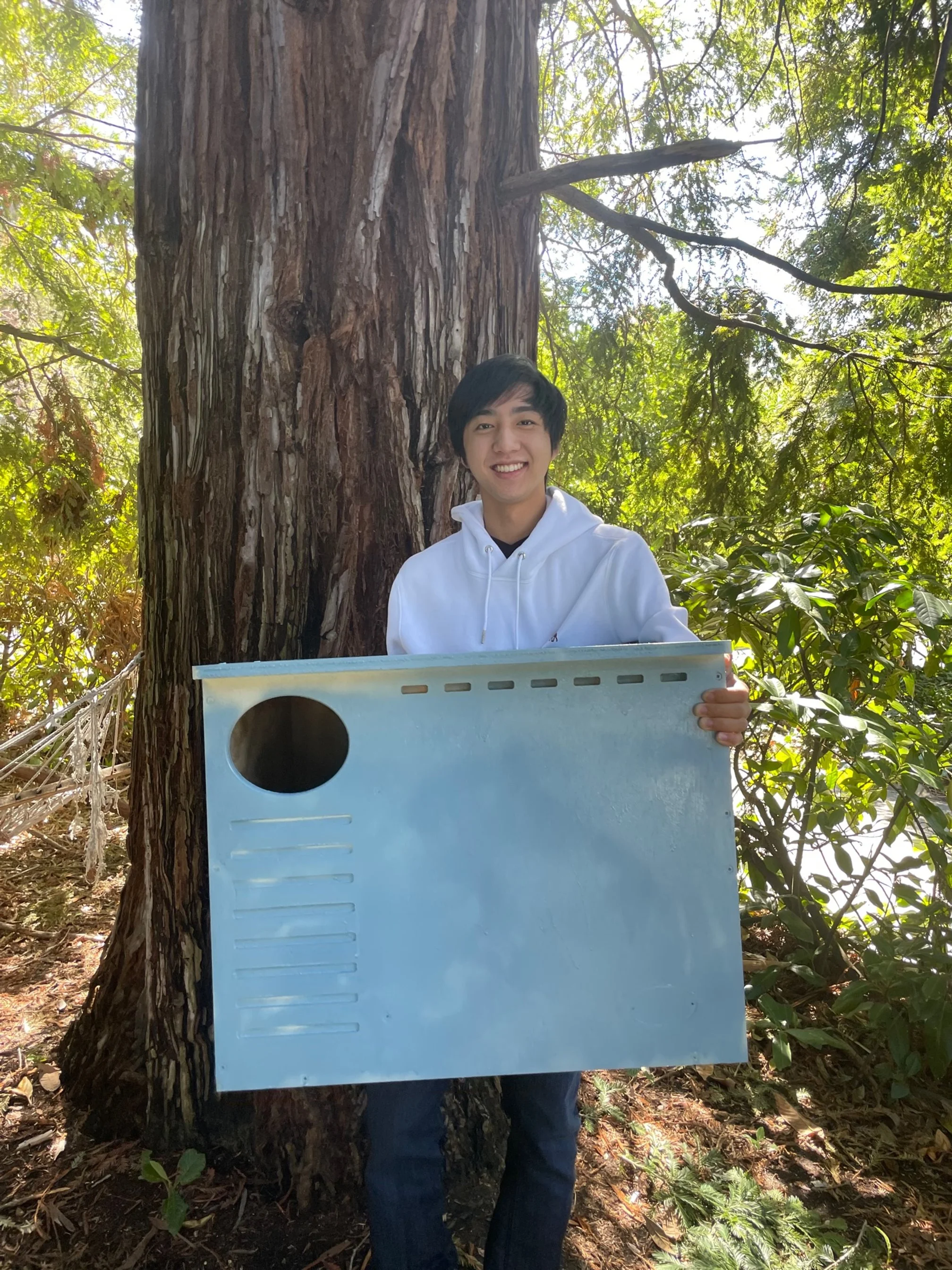
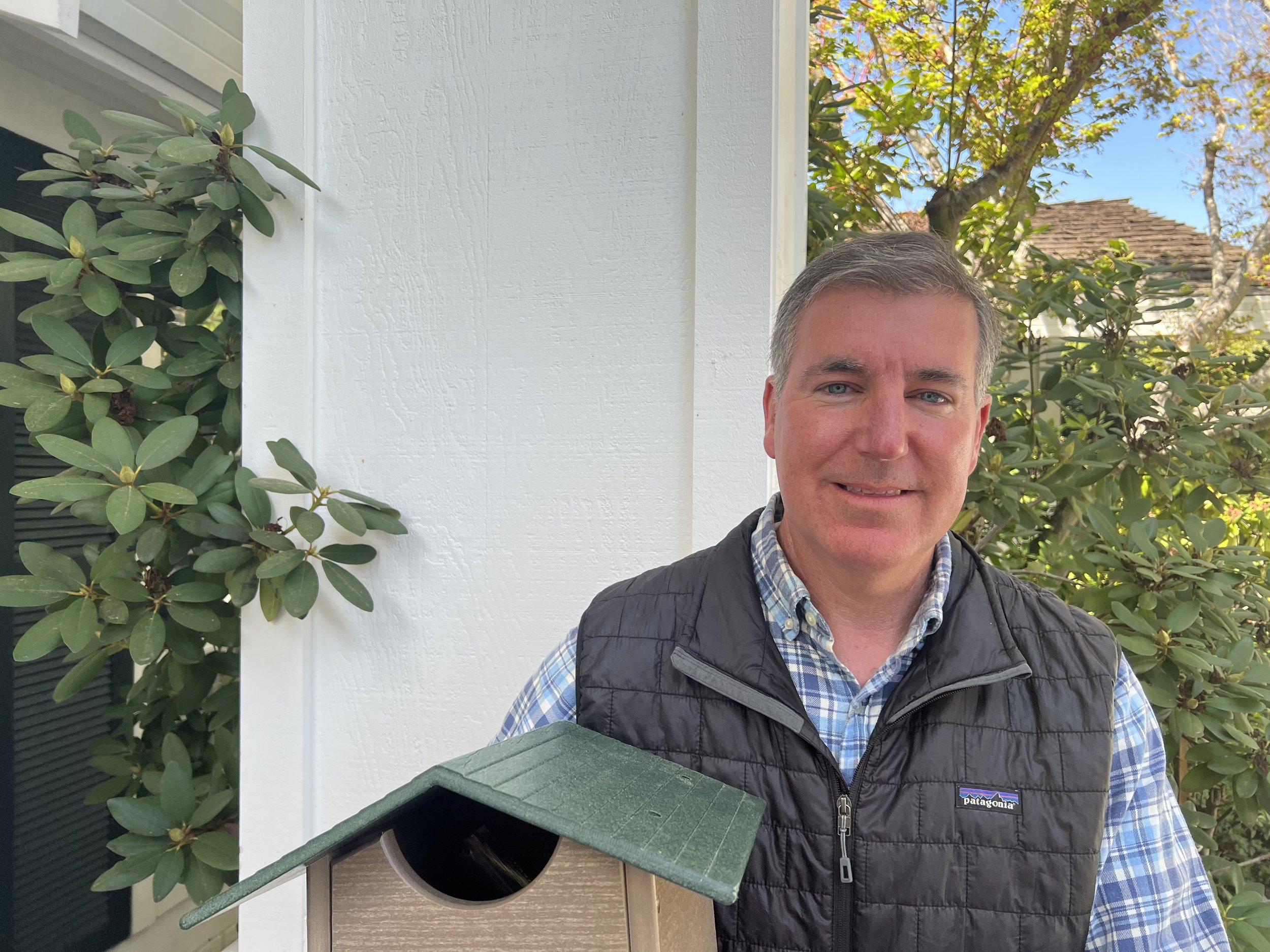
Our recycled material screech owl box
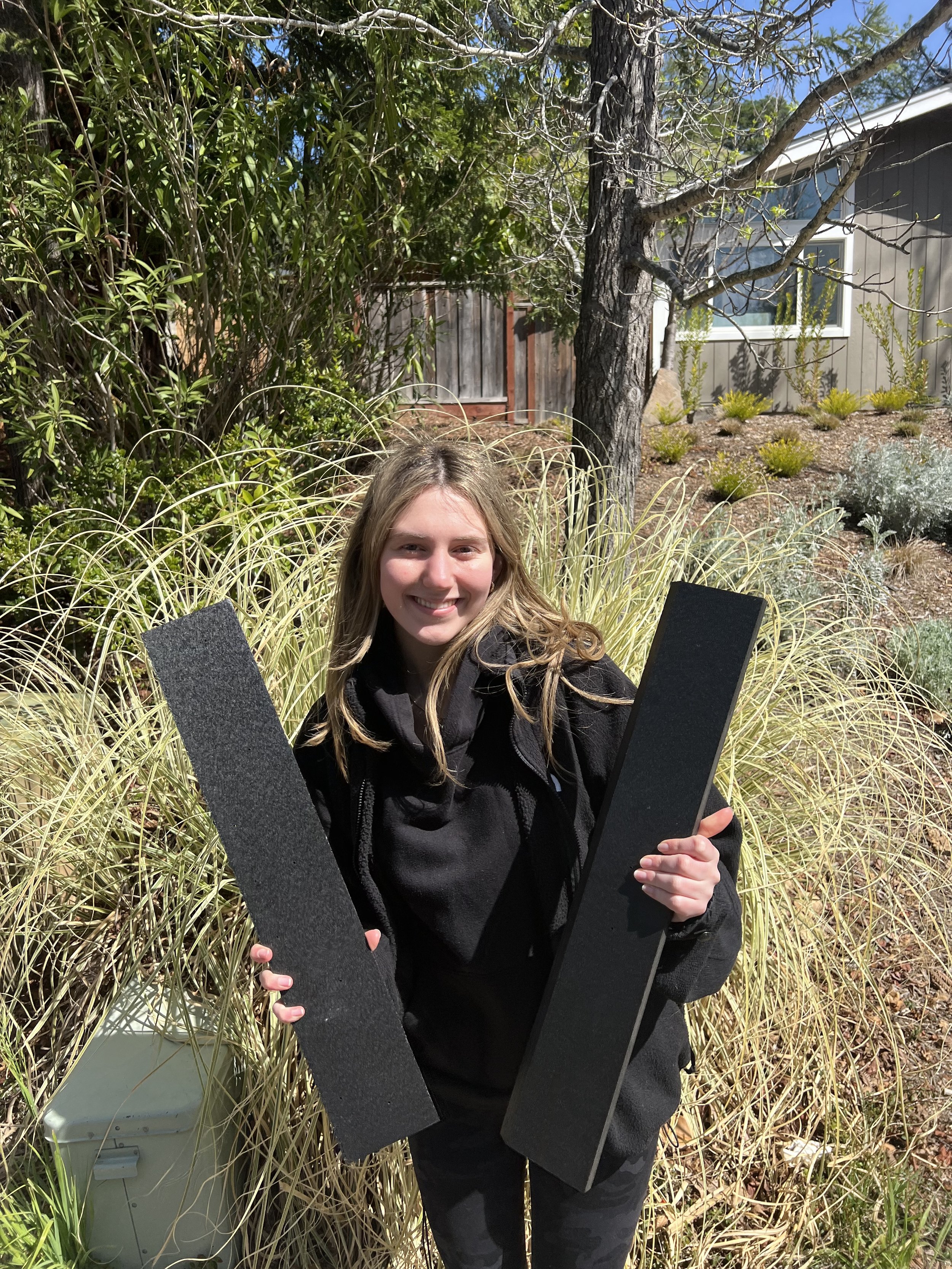
Using recycled lumber to put up an owl box.

Helping owls helps our communities avoid rodent poison boxes. With more owls, gardeners and farmers can use less poison in their crops to kill rodents including mice, voles, and rats. An entire barn owl family can eat thousands of pests and rodents during their nesting period.

The earth is happy too. This two-part solution of recycling masks in order to make owl boxes works for everyone. During Covid, the demand for owl boxes has skyrocketed.
